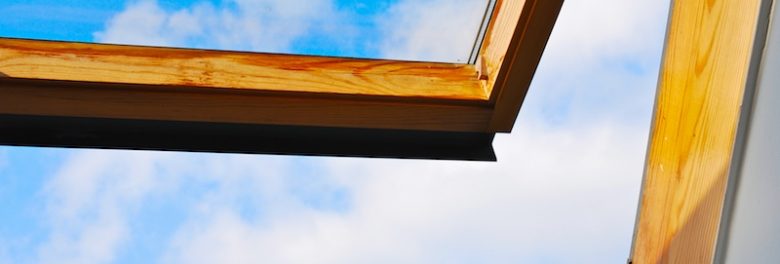Tougher targets included in New European standard for the provision of daylight in buildings

The New European Daylight Standard EN 17037 will be adopted in UK by the end of 2019 and will supersede the British Standard BS 8206-2:2008 ‘‘Lighting for Buildings code of Practice for daylighting’’. A new BRE Guidance will be released early in 2020 to reflect this. All new requirements will need to be consistently applied to planning applications submitted after this point.
So what’s new?
New metrics to assess internal glare, daylight, sunlight and view have been incorporated into the guidance, with daylight being the most interesting topic.
So what’s different?
The daylight targets that need to be achieved (low, medium, high levels), although more realistic, will be more demanding. Two different methods (climate-based modelling or daylight factor calculations) can be implemented, offering designers the flexibility to adjust the assessment to the building use, design, location and density of the site.
Interestingly, the equivalent of an ADF of 3.2% would be required to be achieved as a minimum, compared to an ADF of 2% in the current standard.
So what are the possible implications?
As a result of the new tougher targets, designers will need to emphasise more on correctly sizing window openings and carefully specifying appropriate light transmittance values in order to allow for sufficient daylight levels whilst accounting for overheating. Therefore, detailed design studies at the early stages of a project are deemed necessary in order to meet the required targets, but most importantly to ensure the design of healthy and high-quality buildings.
Figure 1: Solar radiation analysis examples carried out at an early stage to inform daylight and overheating studies
Posted on July 15th, 2019
Related services: Solar Design,

